In today’s global marketplace, the importance of efficient logistics solutions cannot be overstated, especially when it comes to importing goods from manufacturing powerhouses like China to destinations such as New Zealand. Sea freight has emerged as a preferred method of transportation, offering numerous advantages for businesses seeking cost-effective and reliable shipping options. This article explores the multifaceted benefits of sea freight, delving into its role in global trade, the logistics process involved, cost considerations, and the latest trends shaping its future. Whether you’re a small business or a large enterprise, understanding the dynamics of sea freight can empower you to optimize your supply chain and capitalize on market opportunities.
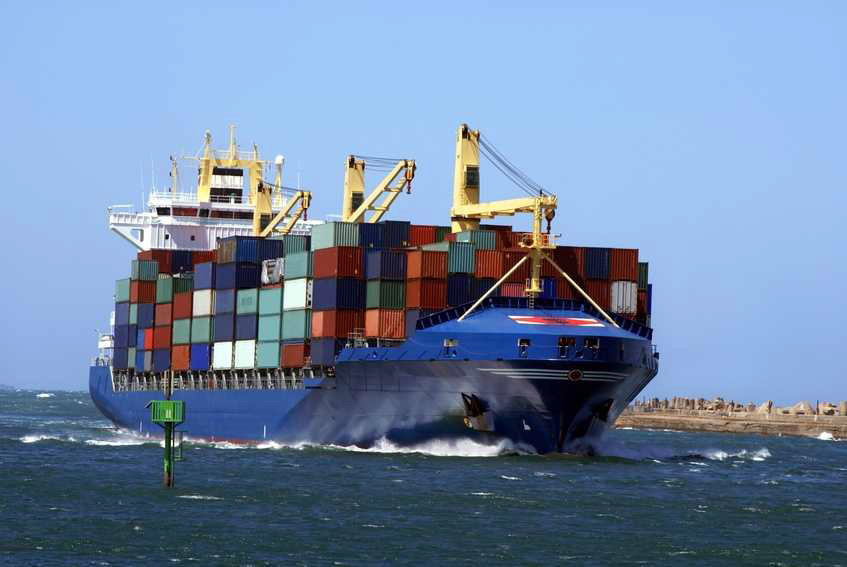
Understanding Sea Freight
Sea freight, also known as ocean freight, refers to the transportation of goods by cargo ships across oceanic routes. This mode of shipping is widely utilized for importing and exporting large volumes of products due to its cost-effectiveness, especially for bulk shipments. Goods transported via sea freight can include everything from raw materials and heavy machinery to finished products, making it a versatile option for businesses of all sizes.
The process of sea freight generally involves several key stages:
- Booking: Importers arrange for their goods to be shipped by contacting a freight forwarder or shipping line.
- Packaging and Labeling: Proper packaging is crucial to prevent damage during transit. Goods must also be labeled in compliance with international shipping standards.
- Loading: Goods are loaded onto a vessel at the port of departure, often using cranes and specialized equipment.
- Transit: The cargo ship navigates its route, which can take anywhere from a few days to several weeks, depending on the distance and route.
- Unloading: Once the vessel arrives at its destination port, the cargo is unloaded and prepared for customs clearance.
- Delivery: After customs clearance, goods are transported to their final destination, which can involve additional logistics services such as door-to-door shipping.
The Importance of Sea Freight in Global Trade
Sea freight plays a crucial role in global trade for several reasons:
-
Cost-Effectiveness: Compared to air freight, sea freight generally offers lower costs per kilogram, making it the preferred option for businesses looking to minimize expenses. When shipping large volumes, the savings can be substantial.
-
Environmental Impact: Shipping goods via sea is often more environmentally friendly than air transport, as vessels can carry larger quantities of cargo with lower emissions per unit. This sustainability aspect is increasingly important in today’s business environment.
-
Capacity and Flexibility: Cargo ships have a significant capacity to transport large quantities of goods, including oversized items. This flexibility allows businesses to ship a diverse range of products, from industrial equipment to consumer goods.
-
Accessibility: Many regions around the world, including New Zealand, rely on sea freight for their imports, as it provides access to global supply chains. This mode of transport can reach ports that may not be serviced by air transport.
-
Global Trade Facilitation: The efficiency of sea freight is instrumental in supporting international trade agreements and contributing to economic growth. It ensures that goods can move seamlessly across borders, fostering stronger economic connections between countries.
Key Considerations in Sea Freight from China to New Zealand
When considering sea freight from China to New Zealand, businesses must take into account factors such as shipping times, customs regulations, and potential tariffs. Understanding the logistics landscape and partnering with a reliable freight forwarder, such as Dantful International Logistics, can help streamline the process. Dantful offers comprehensive services tailored to meet the needs of importers, ensuring a smooth experience from booking to delivery.
By leveraging the benefits of sea freight, businesses can effectively manage their supply chains and capitalize on market opportunities. Whether shipping bulk materials or consumer products, sea freight remains an indispensable tool in global trade.
For anyone looking to explore shipping from China to New Zealand, consider reaching out to Dantful International Logistics for guidance and support in navigating this crucial logistics channel.
Read More:
- Shipping From China to Australia
- Shipping From China to New Zealand
- Shipping From China to Papua New Guinea
- Shipping From China to Fiji
- Shipping From China to Solomon Islands
- Shipping From China to Vanuatu
Advantages of Sea Freight from China to New Zealand
When businesses consider importing goods from China to New Zealand, sea freight emerges as a highly advantageous option. This section outlines the key benefits that make sea freight an appealing choice for companies seeking efficient logistics solutions.
Cost-Effective
One of the primary advantages of sea freight is its cost-effectiveness. Shipping goods via ocean transport is generally more economical than air freight, especially when transporting large volumes. The lower cost per kilogram can result in substantial savings, particularly for businesses looking to import bulk items. This cost savings is particularly evident when comparing average freight rates between air and sea transport, where sea freight rates tend to be significantly lower.
| Mode of Transport | Average Cost per Kilogram | Delivery Time |
|---|---|---|
| Air Freight | $5 – $10 | 1-3 days |
| Sea Freight | $0.1 – $1 | 10-30 days |
Accommodates Large Shipments
Sea freight has a remarkable capacity for accommodating large shipments. Cargo vessels are designed to carry substantial quantities of goods, making it feasible for businesses to transport bulk items such as machinery, raw materials, or large consumer products. This capability not only optimizes shipping processes but also allows for economies of scale, where the cost per unit decreases as the shipment size increases.
Versatile Container Options
Another significant benefit of sea freight is the availability of versatile container options. Shipping containers come in various sizes and types, catering to different cargo needs. Businesses can choose between standard containers, refrigerated containers for temperature-sensitive goods, and specialized containers for oversized items. This flexibility ensures that companies can find the right shipping solution for their specific products, enhancing overall logistics efficiency.
Reliable Transit Times
Reliability is a hallmark of sea freight shipping from China to New Zealand. Although transit times are generally longer than air freight, established maritime routes and schedules ensure that shipments arrive at their destination within a predictable timeframe. Moreover, with advancements in logistics technology and tracking systems, businesses can monitor their shipments in real time, enhancing transparency and allowing for improved planning.
Environmentally Friendly
The environmental impact of shipping is an important consideration in today’s business landscape, and sea freight stands out as a more environmentally friendly option. Cargo ships can transport vast amounts of goods with lower carbon emissions compared to air freight. This sustainability factor is increasingly valued by consumers and businesses alike, driving a shift toward greener logistics solutions.
Reduced Risk of Damage
Transporting goods via sea freight often entails a reduced risk of damage when proper packaging and handling practices are followed. Ocean vessels are equipped to handle large volumes of cargo securely, and the stability of sea transport minimizes the chances of mishandling that can occur during air transport. Additionally, with the right freight forwarder, businesses can implement effective loading and unloading procedures to further mitigate risks.
The Process of Shipping via Sea Freight
Understanding the process of shipping via sea freight is essential for businesses looking to streamline their logistics operations. This section provides a step-by-step guide to sea freight shipping, along with tips for selecting the right freight forwarder.
Step-by-Step Guide to Sea Freight Shipping
-
Initial Planning and Review: Before initiating sea freight, businesses should assess their shipping needs, including the type and volume of goods to be shipped. Understanding timelines and budget constraints is crucial for effective planning.
-
Select the Freight Forwarder: Choosing a reputable freight forwarder is key to a smooth shipping experience. Companies like Dantful International Logistics specialize in ocean freight and can provide valuable insights into market conditions and regulations.
-
Get Quotations: Request quotes from multiple freight forwarders. Comparing prices and services offered helps identify the best option that meets budgetary and logistical requirements.
-
Book the Shipment: Once a freight forwarder is selected, businesses can book their shipment. The forwarder will handle the necessary documentation and logistics.
-
Prepare Goods for Shipping: Properly packaging and labeling goods is essential. Ensure that all items comply with international shipping standards to minimize delays during customs clearance.
-
Loading and Transport: The goods are then loaded onto the vessel at the departure port. The freight forwarder will coordinate this process, ensuring everything is handled efficiently.
-
Customs Clearance: Upon arrival in New Zealand, customs clearance is necessary before goods can be delivered. The freight forwarder will typically handle this process, ensuring compliance with local regulations.
-
Delivery to Destination: Finally, the goods are transported from the port to their final destination. The freight forwarder can also facilitate door-to-door shipping services for added convenience.
Choosing the Right Freight Forwarder
Selecting a competent freight forwarder is paramount for successful sea freight shipping. When evaluating potential partners, consider the following factors:
-
Experience and Expertise: Choose a freight forwarder with a solid track record in managing sea freight operations, especially from China to New Zealand. Expertise in customs regulations and logistics solutions is crucial.
-
Services Offered: Look for a freight forwarder that provides comprehensive services, such as insurance services, customs clearance, and warehouse services. This ensures that the company can cater to all aspects of your logistics needs.
-
Reputation and Trustworthiness: Research customer reviews and testimonials to gauge the reliability of the freight forwarder. A reputable partner will have positive feedback regarding their service quality and commitment to on-time delivery.
-
Cost Transparency: Ensure that the freight forwarder provides clear and detailed quotations to avoid unexpected fees. Transparent pricing structures help maintain trust and prevent disputes.
By considering these aspects and leveraging the benefits of sea freight, businesses can optimize their import operations from China to New Zealand and enhance their overall supply chain efficiency. For tailored solutions and expert assistance, partnering with Dantful International Logistics is a strategic choice that can elevate your logistics management.
Sea Freight Costs from China to New Zealand
When businesses consider importing goods from China to New Zealand, understanding the cost structure of sea freight is essential. The costs associated with sea freight can vary widely depending on factors such as shipment size, weight, and the specific services required. This section provides an overview of the different components that contribute to sea freight costs and offers insights into how businesses can manage these expenses effectively.
Components of Sea Freight Costs
-
Freight Charges: This is the core cost associated with transporting goods via sea. Freight charges are typically calculated based on the volume (measured in cubic meters) or weight (measured in kilograms) of the goods. Standard shipping containers come in various sizes, with 20-foot and 40-foot containers being the most common. The choice of container size can significantly impact the overall freight cost.
-
Port Fees: Port fees are charges applied by the port authorities at both the departure and destination ports. These fees can include handling charges, loading and unloading costs, and terminal fees. It’s important for businesses to factor in these additional costs when calculating total shipping expenses.
-
Documentation Fees: Shipping internationally requires various legal and customs documents. Documentation fees cover the costs associated with preparing and processing these documents, including bills of lading, customs declarations, and shipping manifests.
-
Customs Duties and Taxes: Import duties and taxes may apply to goods entering New Zealand. The specific rates depend on the nature of the goods and their declared value. Understanding the customs regulations in New Zealand is critical to avoid unexpected costs. Partnering with a knowledgeable freight forwarder can help navigate these complexities.
-
Insurance Costs: While optional, insurance services can protect businesses against potential losses or damages that may occur during transit. The cost of shipping insurance varies based on the value of the cargo and the coverage selected.
-
Additional Services: Businesses may require additional logistics services, such as warehouse services, and door-to-door shipping solutions. Such services, while beneficial for streamlining operations, will add to the overall cost of the shipment.
Cost Management Strategies
-
Choose the Right Freight Forwarder: Working with a reputable freight forwarder like Dantful International Logistics can provide insights into market rates and help negotiate better shipping agreements.
-
Consolidate Shipments: For businesses that frequently import smaller shipments, consolidating goods into a larger container can significantly reduce costs.
-
Understand Shipping Schedules: Shipping during peak seasons may incur higher rates due to increased demand. Planning shipments during off-peak times can lead to cost savings.
Sample Cost Overview (Estimated)
| Cost Component | Estimated Cost (USD) |
|---|---|
| Freight Charges (20ft Container) | $1,000 – $2,500 |
| Port Fees | $200 – $400 |
| Documentation Fees | $50 – $150 |
| Customs Duties (Varies by product) | Varies (typically 5-10%) |
| Insurance (optional) | 0.5% – 2% of declared value |
| Additional Services | Varies based on needs |
These estimates provide a general guideline; actual costs can differ based on specific circumstances and market conditions.
Sea Freight Transit Times from China to New Zealand
Understanding transit times is key for businesses planning to import goods from China to New Zealand. The transit time refers to the duration from when the cargo is loaded onto the vessel until it arrives at the destination port. This section outlines typical transit times and factors influencing shipping durations.
Typical Transit Times
The transit time for sea freight from China to New Zealand can vary based on several factors, including the shipping route and the specific ports involved. Generally, the following estimates can be expected:
- Direct Routes: If a direct shipping route is available (e.g., from Shanghai to Auckland), transit times can range from 10 to 20 days.
- Indirect Routes: When goods are shipped via indirect routes or require transshipment, the transit time may extend to 20 to 40 days.
| Route | Estimated Transit Time |
|---|---|
| Shanghai to Auckland | 10 – 20 days |
| Shenzhen to Wellington | 15 – 25 days |
| Guangzhou to Christchurch | 15 – 30 days |
| Ningbo to Dunedin | 20 – 30 days |
Factors Influencing Transit Times
-
Shipping Line Schedules: Different shipping lines offer varying schedules, impacting transit times. Choosing a reliable shipping partner can help ensure timely deliveries.
-
Port Congestion: Some ports may experience congestion due to high traffic, leading to delays in loading or unloading. Awareness of potential congestion in both Chinese and New Zealand ports is important.
-
Customs Clearance: The efficiency of customs procedures at both departure and destination ports can affect overall transit times. Engaging with a knowledgeable freight forwarder can expedite the customs clearance process.
-
Weather Conditions: Adverse weather conditions can impact shipping schedules, causing delays. Monitoring weather forecasts during the time of shipment can help in planning.
-
Container Availability: The availability of shipping containers, particularly during peak seasons, can also influence shipping times. Early booking is advisable to secure the necessary container size and avoid delays.
Conclusion
For businesses looking to optimize their import operations, understanding the costs and transit times associated with sea freight from China to New Zealand is essential. By analyzing these factors and collaborating with experienced freight forwarders like Dantful International Logistics, companies can enhance their logistics strategies, ensuring timely and cost-effective shipments.
Challenges and Solutions in Sea Freight Logistics
While sea freight offers numerous advantages for businesses engaging in international trade, it is not without its challenges. Understanding these challenges and implementing effective solutions is crucial for companies looking to streamline their logistics processes when importing goods from China to New Zealand.
Common Challenges in Sea Freight Logistics
-
Delays and Disruptions: Unforeseen delays can arise from various sources, including customs clearance issues, port congestion, and adverse weather conditions. These disruptions can impact supply chain efficiency and lead to increased costs.
-
Regulatory Compliance: International shipping involves navigating complex customs regulations and compliance requirements. Failing to adhere to these regulations can result in fines, shipment delays, or even confiscation of goods.
-
Damage and Loss of Cargo: Although sea freight generally has a lower risk of damage compared to other modes of transport, cargo can still be at risk due to improper packaging, rough seas, or inadequate handling.
-
Fluctuating Costs: The costs associated with sea freight can vary significantly based on market conditions, fuel prices, and shipping line rates. These fluctuations make it challenging for businesses to budget accurately for shipping expenses.
-
Communication Gaps: Poor communication between stakeholders, such as suppliers, freight forwarders, and customs authorities, can lead to misunderstandings and errors in shipping documentation.
Solutions to Overcome Challenges
-
Advance Planning: Companies should engage in thorough planning and scheduling to anticipate potential delays, allowing for buffer times in their supply chain. This includes setting realistic timelines for shipments and considering alternative routes.
-
Working with Experienced Freight Forwarders: Partnering with a knowledgeable freight forwarder like Dantful International Logistics can provide businesses with valuable insights into regulatory compliance, ensuring that all paperwork is in order and reducing the risk of customs-related delays.
-
Implementing Robust Packaging Practices: Ensuring that goods are correctly packaged and secured can significantly reduce the risk of damage during transit. Businesses should invest in high-quality packaging materials and consider insurance options to cover potential losses.
-
Cost Analysis and Budgeting: Conducting regular market research and cost analysis can help businesses stay informed about trends in shipping rates. This enables them to adjust budgets proactively and seek cost-effective solutions, such as consolidating shipments.
-
Enhancing Communication: Establishing clear communication channels between all parties involved in the logistics process can help mitigate misunderstandings. Utilizing technology, such as tracking systems and digital communication tools, can facilitate better coordination.
By proactively addressing these challenges, businesses can enhance their sea freight logistics operations, ensuring a smoother and more efficient import process from China to New Zealand.
Future Trends in Sea Freight from China to New Zealand
As the logistics landscape continues to evolve, several trends are shaping the future of sea freight from China to New Zealand. Understanding these trends is essential for businesses seeking to remain competitive in the global market.
The Impact of Technology on Sea Freight Efficiency
The integration of advanced technology into sea freight logistics is driving significant improvements in efficiency and transparency. Key technological advancements include:
-
Automation: The adoption of automated systems for cargo handling and vessel operations is increasing efficiency at ports and reducing labor costs. Automated cranes and loading systems can expedite the loading and unloading processes, minimizing turnaround times for vessels.
-
Blockchain Technology: Implementing blockchain technology in supply chain processes enhances transparency and security. Smart contracts can automate documentation and payment processes, reducing the potential for disputes and enhancing trust among stakeholders.
-
Real-Time Tracking: Enhanced tracking systems allow businesses to monitor shipments in real-time, providing visibility throughout the shipping process. This capability enables companies to respond quickly to any issues that may arise, improving overall customer satisfaction.
-
Data Analytics: The use of data analytics tools allows businesses to identify trends and optimize shipping routes. By analyzing historical shipping data, companies can make informed decisions about pricing, capacity planning, and demand forecasting.
Predictions for Sea Freight Growth
The growth of sea freight from China to New Zealand is expected to continue, driven by several factors:
-
Increased Trade Volume: As global trade continues to expand, the demand for efficient logistics solutions will remain high. New Zealand’s reliance on imports from China is projected to grow, further boosting sea freight volumes.
-
Sustainability Initiatives: The increasing focus on sustainability and environmental responsibility is leading to a growing preference for sea freight over air transport. Companies are increasingly seeking greener logistics options to enhance their corporate social responsibility initiatives.
-
Infrastructure Development: Continued investments in port infrastructure and logistics networks in both China and New Zealand will facilitate smoother shipping operations. Upgraded facilities will enhance the capacity to handle larger volumes of goods, helping to meet rising demand.
-
E-commerce Growth: The rise of e-commerce is reshaping logistics and supply chain dynamics. With more consumers shopping online, businesses are looking for efficient ways to import goods from overseas markets, further driving the need for robust sea freight solutions.
By staying attuned to these trends and leveraging technological advancements, businesses can position themselves for success in the evolving landscape of sea freight from China to New Zealand. Partnering with experienced logistics providers, like Dantful International Logistics, can further enhance their ability to navigate these changes effectively.
Dantful International Logistics Services:
- Dantful Ocean Freight Services
- Air Freight From China
- Amazon FBA Freight Forwarding
- WAREHOUSE Services
- One-Stop Customs Clearance Solution
- Cargo Insurance Services in China
- DDP Shipping Services By Dantful Logistics
- Out of Gauge Cargo Transportation Shipping Services
Frequently Asked Questions (FAQs)
1. What is sea freight, and how does it work?
Sea freight refers to the transportation of goods by cargo ships across oceanic routes. The process involves several key stages, including booking, packaging, loading, transit, unloading, customs clearance, and delivery to the final destination.
2. How long does sea freight take from China to New Zealand?
Typical transit times for sea freight from China to New Zealand can range from 10 to 40 days, depending on the specific route, shipping line schedules, and potential delays due to customs or weather conditions.
3. What are the costs associated with sea freight?
The costs of sea freight can vary based on several components, including freight charges, port fees, documentation fees, customs duties, insurance, and additional services like warehouse management or door-to-door shipping. A sample cost overview indicates freight charges for a 20ft container can range from $1,000 to $2,500.
4. What are the advantages of using sea freight over air freight?
Sea freight is generally more cost-effective than air freight, especially for large shipments. It also accommodates a wider range of goods, is more environmentally friendly, and offers reliable transit times.
5. How can businesses mitigate challenges associated with sea freight?
To address common challenges such as delays and regulatory compliance, businesses should engage in thorough planning, work with experienced freight forwarders like Dantful International Logistics, implement robust packaging practices, conduct cost analysis, and enhance communication among stakeholders.
6. What should I look for in a freight forwarder?
When selecting a freight forwarder, consider factors such as experience and expertise, the range of services offered (like customs clearance and insurance services), reputation, and cost transparency to ensure a reliable partnership.
7. How can technology impact sea freight logistics?
Technology is enhancing sea freight efficiency through automation, blockchain for secure transactions, real-time tracking for shipment visibility, and data analytics for optimizing logistics processes.

Young Chiu is a seasoned logistics expert with over 15 years of experience in international freight forwarding and supply chain management. As CEO of Dantful International Logistics, Young is dedicated to providing valuable insights and practical advice to businesses navigating the complexities of global shipping.

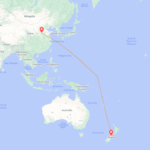
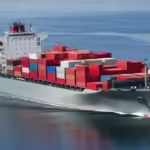
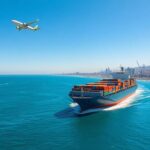
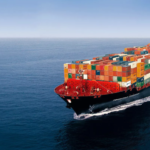
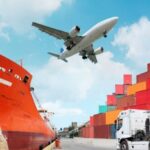
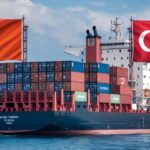
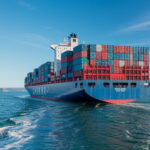
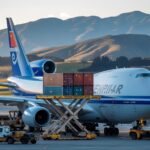
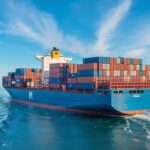

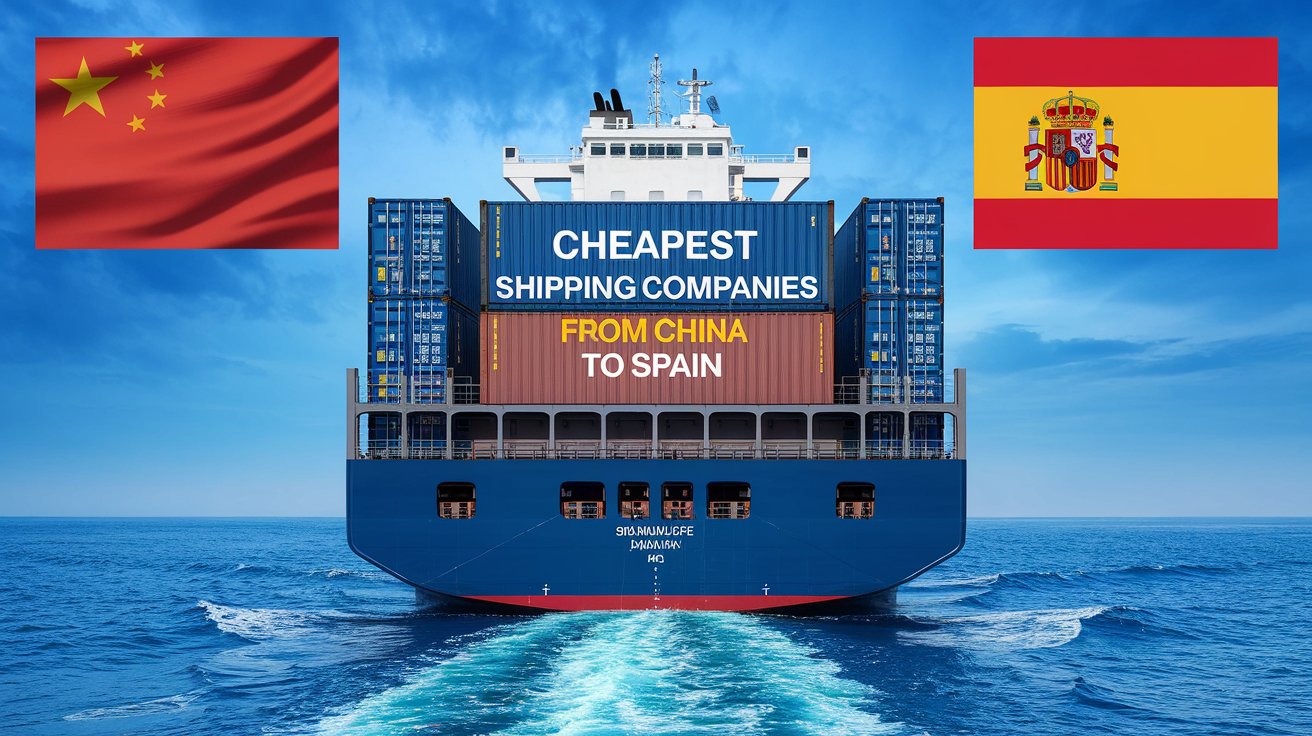
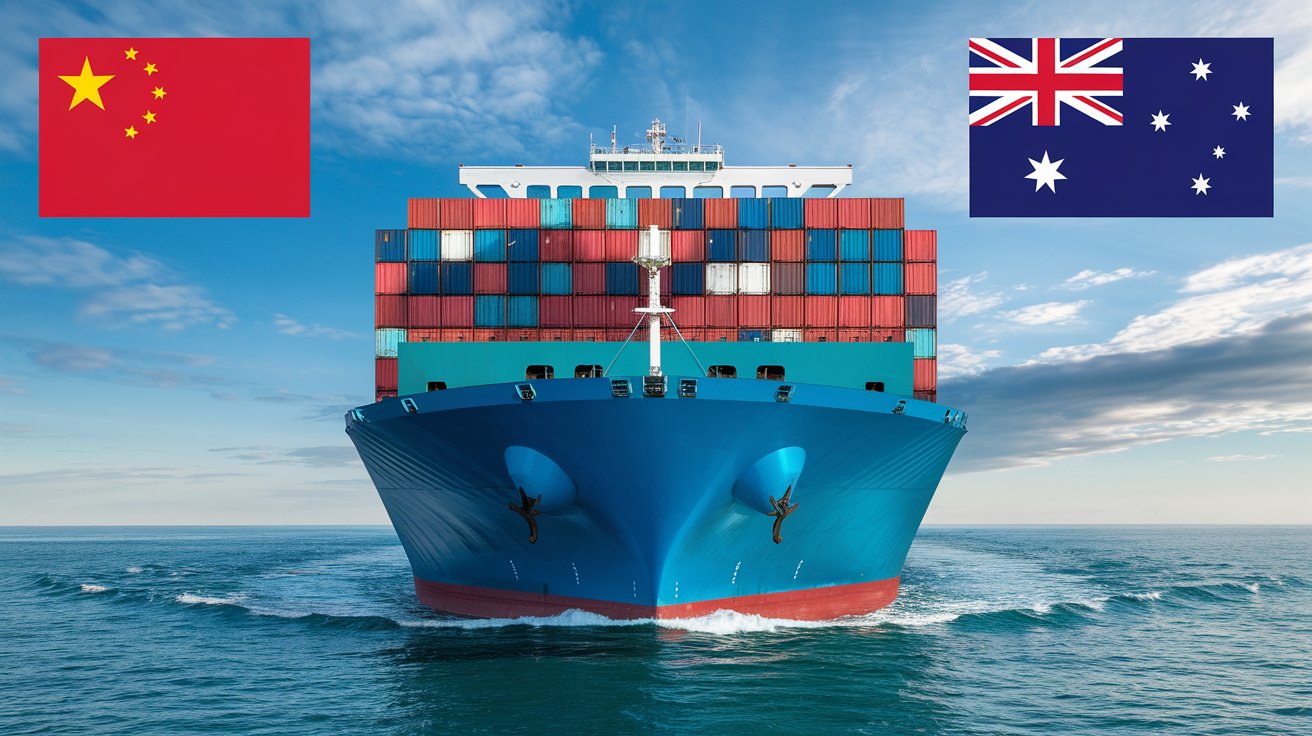
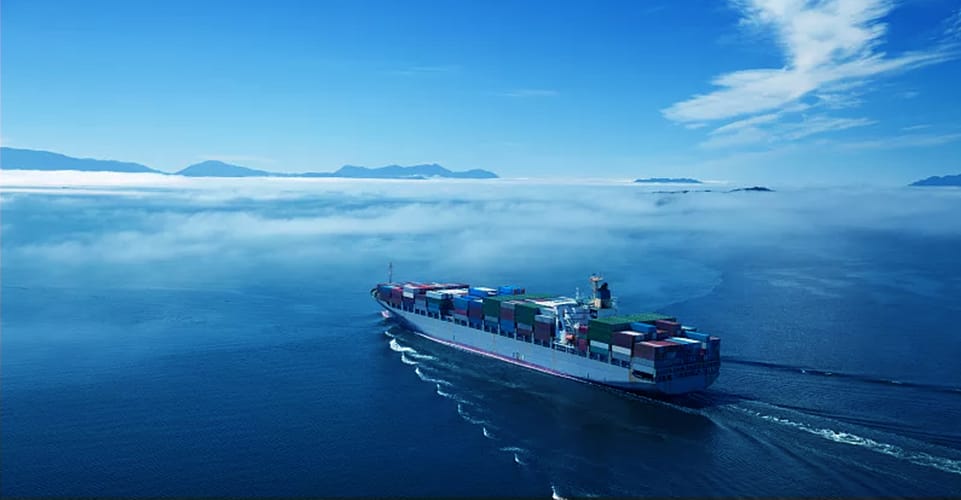
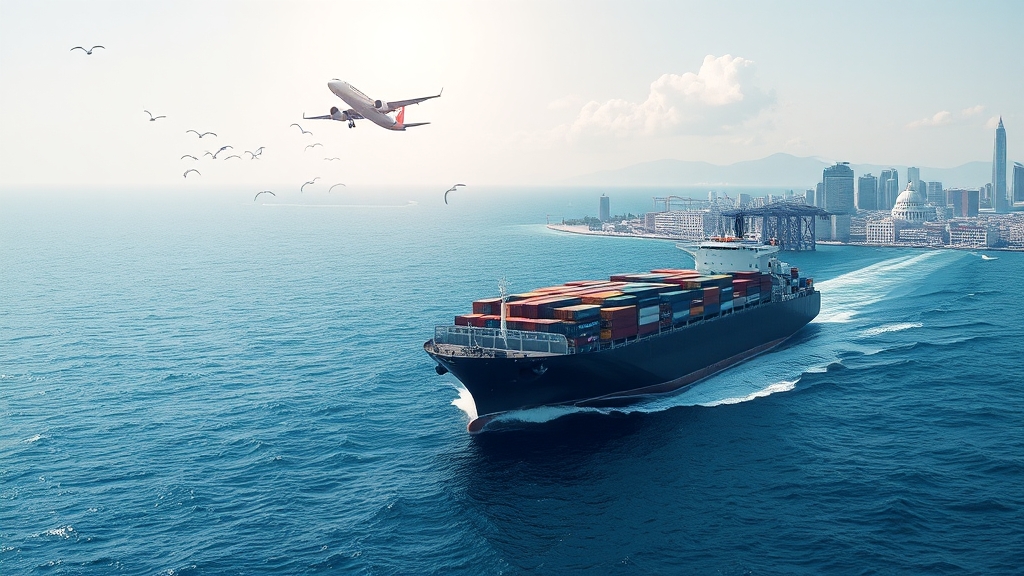
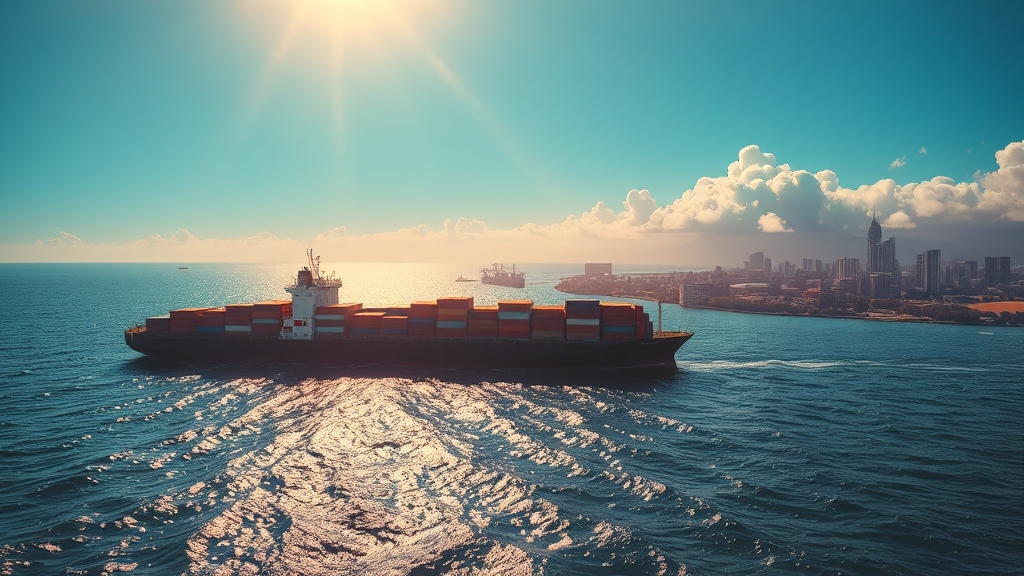





 Afrikaans
Afrikaans Shqip
Shqip አማርኛ
አማርኛ العربية
العربية Հայերեն
Հայերեն Azərbaycan dili
Azərbaycan dili Euskara
Euskara Беларуская мова
Беларуская мова বাংলা
বাংলা Bosanski
Bosanski Български
Български Català
Català Cebuano
Cebuano Chichewa
Chichewa 简体中文
简体中文 繁體中文
繁體中文 Corsu
Corsu Hrvatski
Hrvatski Čeština
Čeština Dansk
Dansk Nederlands
Nederlands English
English Esperanto
Esperanto Eesti
Eesti Filipino
Filipino Suomi
Suomi Français
Français Galego
Galego ქართული
ქართული Deutsch
Deutsch Ελληνικά
Ελληνικά Kreyol ayisyen
Kreyol ayisyen Harshen Hausa
Harshen Hausa Ōlelo Hawaiʻi
Ōlelo Hawaiʻi עִבְרִית
עִבְרִית हिन्दी
हिन्दी Hmong
Hmong Magyar
Magyar Íslenska
Íslenska Igbo
Igbo Bahasa Indonesia
Bahasa Indonesia Gaeilge
Gaeilge Italiano
Italiano 日本語
日本語 Basa Jawa
Basa Jawa ಕನ್ನಡ
ಕನ್ನಡ Қазақ тілі
Қазақ тілі ភាសាខ្មែរ
ភាសាខ្មែរ 한국어
한국어 كوردی
كوردی Кыргызча
Кыргызча ພາສາລາວ
ພາສາລາວ Latin
Latin Latviešu valoda
Latviešu valoda Lietuvių kalba
Lietuvių kalba Lëtzebuergesch
Lëtzebuergesch Македонски јазик
Македонски јазик Malagasy
Malagasy Bahasa Melayu
Bahasa Melayu മലയാളം
മലയാളം Maltese
Maltese Te Reo Māori
Te Reo Māori मराठी
मराठी Монгол
Монгол ဗမာစာ
ဗမာစာ नेपाली
नेपाली Norsk bokmål
Norsk bokmål پښتو
پښتو فارسی
فارسی Polski
Polski Português
Português ਪੰਜਾਬੀ
ਪੰਜਾਬੀ Română
Română Русский
Русский Samoan
Samoan Gàidhlig
Gàidhlig Српски језик
Српски језик Sesotho
Sesotho Shona
Shona سنڌي
سنڌي සිංහල
සිංහල Slovenčina
Slovenčina Slovenščina
Slovenščina Afsoomaali
Afsoomaali Español
Español Basa Sunda
Basa Sunda Kiswahili
Kiswahili Svenska
Svenska Тоҷикӣ
Тоҷикӣ தமிழ்
தமிழ் తెలుగు
తెలుగు ไทย
ไทย Türkçe
Türkçe Українська
Українська اردو
اردو O‘zbekcha
O‘zbekcha Tiếng Việt
Tiếng Việt Cymraeg
Cymraeg יידיש
יידיש Yorùbá
Yorùbá Zulu
Zulu